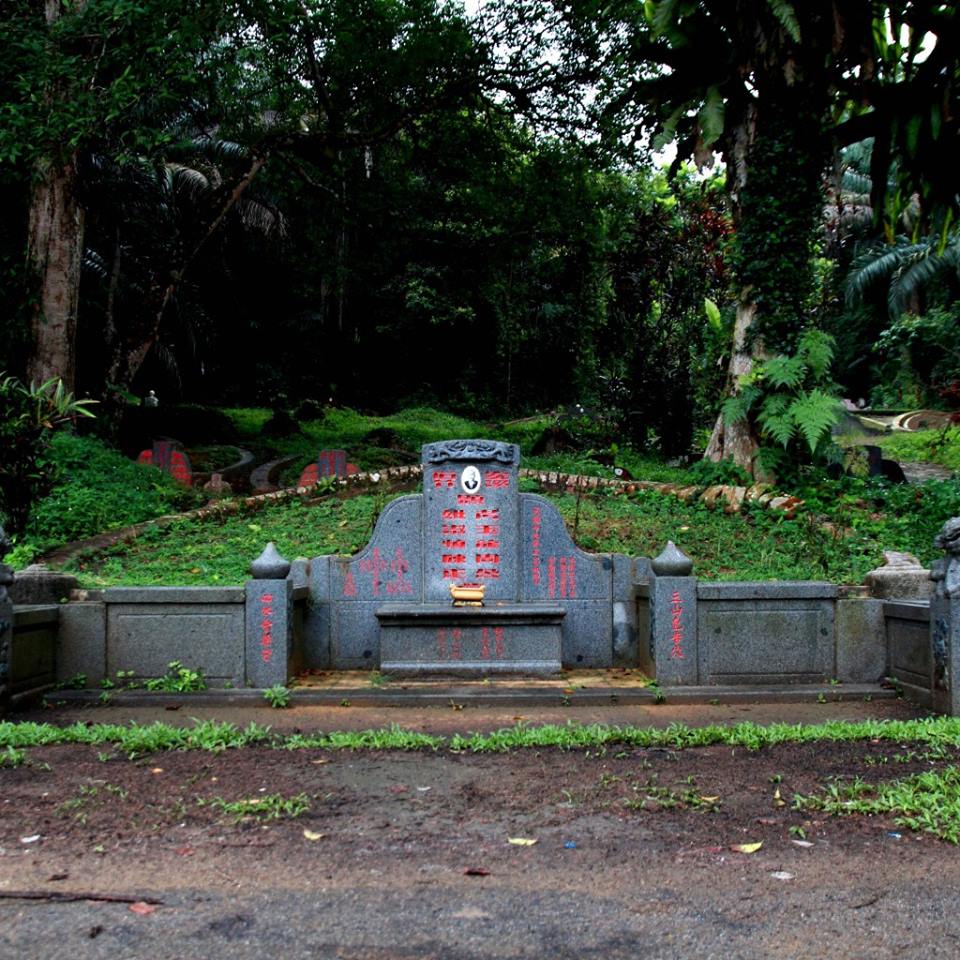Resurgent Spirits of Civil Society Activism: Rediscovering Bukit Brown Cemetery in Singapore
January 9, 2018

With over 100,000 graves, Bukit Brown is the largest Chinese cemetery outside of China. It opened on 1 January 1922 and was acquired by the government after closing in 1973. In 2011, redevelopment plans for Bukit Brown were announced. Housing and a highway would be built on the land instead. This sparked opposition in cyberspace and garnered international attention, catalyzing a series of tussles between State and society.
Assoc. Prof. Huang Jianli (Dept. of History) sees Bukit Brown preservation activism as a turning point in state-civil society relations. He argues that one of the factors for the explosion in heritage conservation interest and advocacy was the rise of cyberactivism, which provided speed, intensity, and connectivity. Because of the growing public debate about Bukit Brown and its portioned land for golf courses, the government made two small concessions: it allocated $250,000 for a yearlong documentation project and planned for a bridge segment as part of the highway to preserve some of the site’s biodiversity.
Dissatisfied, activists advocated nominated Bukit Brown for World Heritage status, managing to get the site on the 2014 World Monument Watch list. Although the government’s development plans for the site remain, some positive strategies were enacted to mitigate future conservation issues.
The article, “Resurgent Spirits of Civil Society Activism: Rediscovering Bukit Brown Cemetery in Singapore” (2014), was published in the Journal of the Malaysian Branch of the Royal Asiatic Society.
Read the full article here: https://muse.jhu.edu/article/560469
